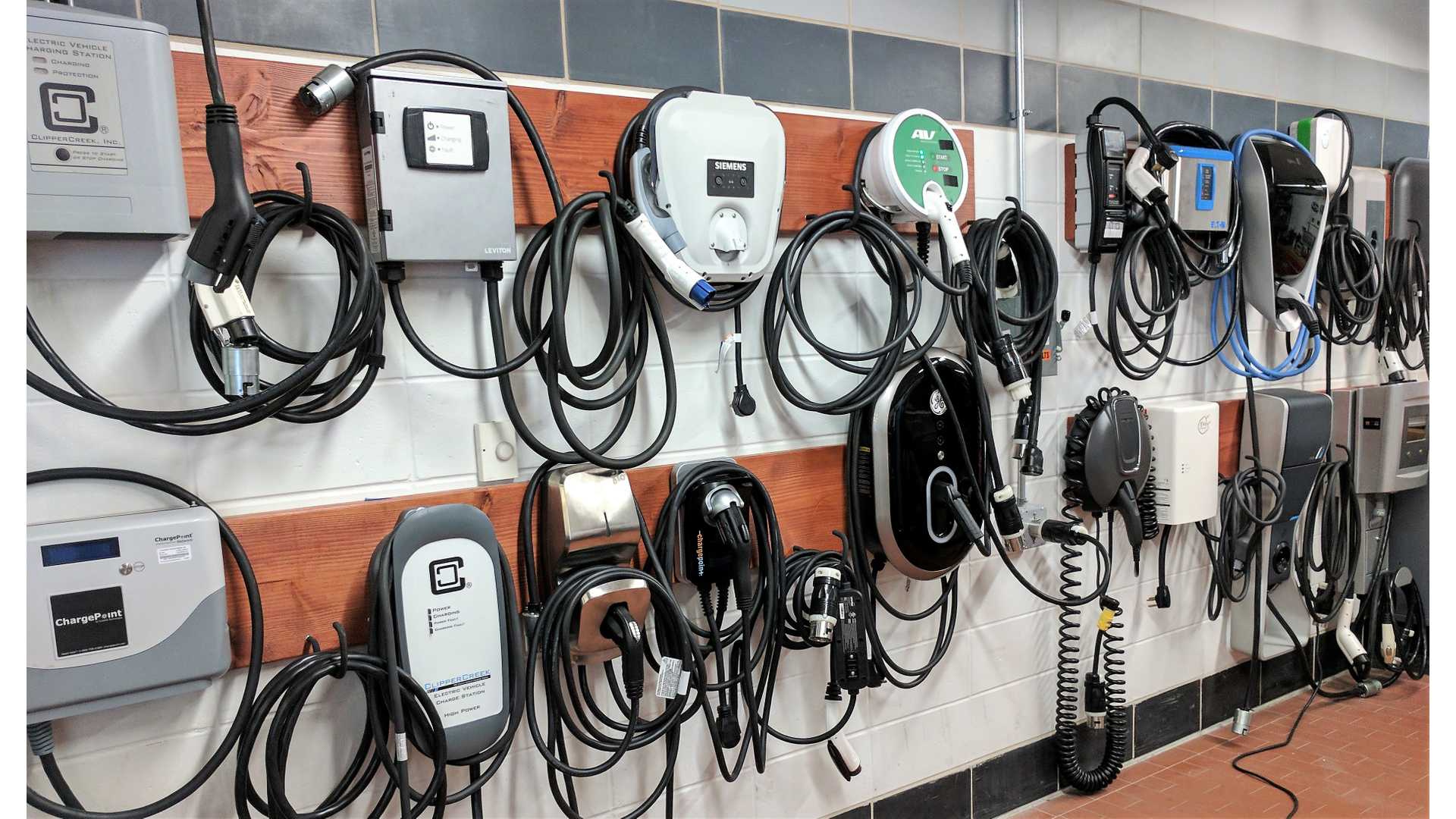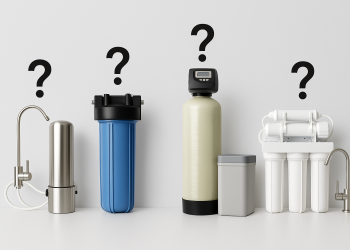Table of Contents

Electric vehicle (EV) ownership is rising in popularity, and although there is a range of publicly accessible charging opportunities around, it doesn’t compare to the convenience of having a chargepoint installed at home. Alongside this, having an EV chargepoint installed at your property can raise its value, so it’s a worthwhile investment for your household both now and in the future.
Choosing a chargepoint
With so many chargepoint models on the market, the process of choosing the best one for your needs can be daunting. Understanding some of the main terminology for chargepoints can simplify your decision.
Chargepoints can either be tethered or untethered, meaning that the charging cable is either permanently attached or detachable. The main benefits of a tethered chargepoint are that the cable will always be in place ready for charging and you’re less likely to fall victim to cable theft. Untethered chargepoints allow you to take the cable with you on journeys, or swap the cable out if you have a second EV with a different charging port.
Both tethered and untethered chargepoints can come in a ‘single-phase’ or ‘three-phase’ power supply. Most households have a single-phase power supply, but you can have an electrician survey your home if you’re unsure. Three-phase is required for fast charging an EV. Most homeowners don’t require fast charging due to the length of time their vehicle will usually be plugged in whilst at home, such as overnight. You can upgrade your power supply if desired, but note that this is usually a costly procedure.
The final main consideration when choosing a chargepoint is whether you want smart charging capabilities. Smart chargers connect to the internet, either via ethernet or 4G. This allows them to be remotely controlled, as well as alert you of any hardware abnormalities. Smart chargers also have the ability to balance the load on your power circuit, meaning that charging your EV whilst using other electrical appliances will not overload the circuit.
Choosing a location for your chargepoint
Ideally, a chargepoint will be installed wherever you park your vehicle. For most homeowners, this is on a driveway or inside a carport or garage. However, not every home is suited for this, such as blocks of flats or properties with on-street parking.
If you park within a communal car park, installing an EV chargepoint is only viable if you have a private or dedicated parking bay. Even then, you must have the land owners permission for the installation.
If you park on the street outside of your home, you can install an EV chargepoint on your property, assuming that you park your vehicle close to the property. You are able to run a charging cable across a pavement in order to charge your vehicle, but you must always cover it with a cable protector to ensure that it is not a hazard to pedestrians. If charging in this way, it’s recommended to have a relevant insurance policy that covers you for public liability. This can provide protection if an unfortunate situation does arise relating to your chargepoint or cable.
Enjoy convenient charging
Once installed, you should have your chargepoint serviced every 12 months, either by your installer or a registered electrician.
Having an EV chargepoint at home alleviates the need to take dedicated trips in order to recharge your vehicle. You can now simply plug it in after a long day’s work and relax knowing that it will be charged by the time you next need it.
If you need further assistance understanding what type of chargepoint is best for your needs, or where on your property is best to install one, contact an EV chargepoint installer.
—————————————————————————————————————————Matthew Gibbons is managing director of Plug&Drive, a UK manufacturer and installer of electric vehicle chargepoints.







